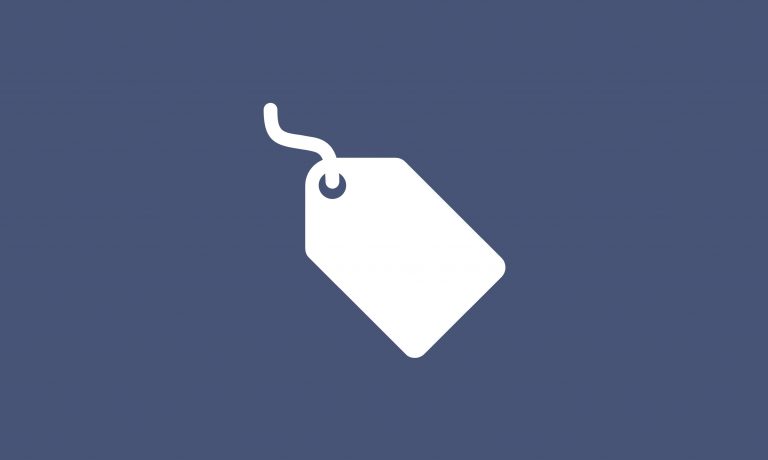Article written by Quantiz’s founding partner – Frederico Zornig
A company has a clear premium pricing strategy, with a market price positioning above the category average. It uses a pricing method based on the value perceived by its customers, generating price lists consistent with its value proposition and market differentials. It uses a pricing formation method based on the value perceived by its customers, generating price lists coherent with its value proposition and market differentials.
In addition, it works with effective market segmentation, which also translates into different prices by sales channel, meaning that distributors receive one price list, large end-users another, and there is a third list with higher prices for medium to large-sized customers that are served directly.
The commercial area, along with the finance department, with these price lists in hand, sets the maximum discount limit that can be applied in the market. Then, the sales team has autonomy to negotiate the prices to be applied to each of the company’s customers. It’s important to note that the commercial area receives negotiation training.
Its Pricing and Revenue Management department is active, has systems to monitor results, KPIs for price management, and reports that are sent to top management weekly. All of this supported by a pricing system that is considered one of the best on the market.
I have just described a situation in a global company, a leader in its industry, with relatively good results. Many who have read the first four paragraphs may have assumed that I am describing a well-managed company, at least regarding Pricing and Revenue Management, and that apparently there are no more opportunities.
However, although it may seem like an ideal scenario, and in most of the stages described above, the processes are very close to what I understand to follow a correct logic, one of them falls short of what I consider best practices. And many, many companies ignore this stage.
Have you figured out which stage I’m talking about yet? If not, reread the beginning of the text now and look for what may be below a good level. The hint is the price negotiation stage. The example I illustrated indicates the absence of a commercial policy or defined discount rules for negotiations.
Many companies believe that defining negotiation rules may appear to the market as inflexible, bureaucratic, or too complex to manage, preferring to transfer this responsibility to the sales department, which after all, knows each customer better and can define what price to charge each one up to the established discount limit.
By doing so, we are relinquishing one of the main levers for aligning pricing strategy and execution in the market. The design of a commercial policy begins with the alignment of incentives with the objectives we have in each channel or market segment and the buying behavior we want to obtain from our customers, remembering that these behaviors can and should be different by channel and even by customer profile.
For example, imagine that I want to increase the sales mix for the distributor channel to increase my profitability through more profitable products. Distributors, in general, prefer to work with items that have an easy and quick turnover and will only focus on more strategic products if they obtain some benefit from it. This benefit can be a commercial discount or an investment.
Some may be thinking that what I just wrote is basic and that salespeople and commercial managers will know how to negotiate this way. And this is true. But in the absence of a company policy, each person will make their own rules, discounts, and incentives, damaging a more universal pricing position in the market.
I will illustrate with a case we worked on in FMCG where the process was exactly as described at the beginning, where each channel’s salespeople were given a price list and could negotiate up to a 30% discount on each order. The result of this was discounts of over 30% on the most prestigious items, leaving the leading brand below the company’s second brand on the shelves, thus undermining the brand strategy by offering a higher discount to the leading (and more premium) brand, making it easier for the retailer to purchase and pass on to the consumer, but harming the brand’s value in the long run.
Structuring a commercial policy intelligently does not create inflexibility in sales, but rather asks for counterparts from customers. In the case above, it would probably no longer be possible to offer the premium item at such a discount that its price would be lower than the second brand’s, because strategically, that was not what the company wanted. The primary goal of this company at the time was to increase its sales mix. That is, instead of offering discounts to sell more of the best-selling item, we would be offering discounts to introduce and sell more different SKUs. And not just to one customer, but probably to all customers in that channel.
Furthermore, to improve the models, we can differentiate the incentives by purchasing profile. There are more sophisticated and partnered customers who can manage various KPIs to obtain benefits, while others only want the price and are not interested in partnerships. Therefore, we cannot assume that only one commercial policy will meet the entire market, even within the same channel or segment.
I can also say that a well-established commercial policy in the market gives credibility to your company. Sales can use it as a guarantee of similar prices for all customers who follow or accept the incentives, generating a sense of fairness in the market, which adds value to your business nowadays. It can also guide price negotiations, moving away from personal decisions and towards a more “business to business” situation, which tends to be more rational and less emotional.
To conclude, a well-structured commercial policy will have on and off-invoice incentives, allowing the sales team to negotiate discounts to place orders (on-invoice) and work with other longer-term incentives to be paid after meeting goals, typically paid with rebates or bonuses (off-invoice).


